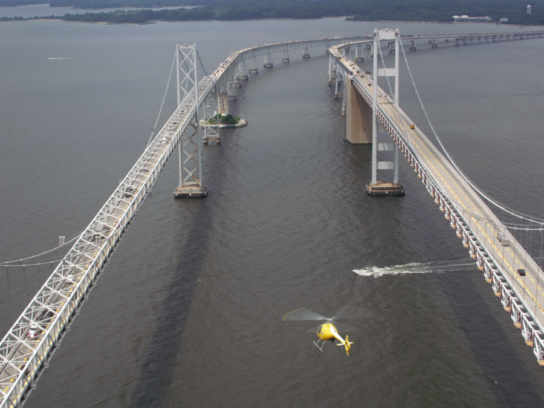
In 2014, Maryland committed to protect and restore the Chesapeake Bay. As we near the 2025 deadline to implement this commitment to the Bay, we celebrate our progress and recommit to protecting and restoring all the rivers and streams that feed the Chesapeake.
As we dedicate ourselves anew to being good stewards of our region’s remarkable natural resources, we cannot simply extend the deadlines for existing goals in the 2014 Chesapeake Bay Agreement. Instead, we must reimagine our approach to restoration and conservation work; we must focus on outcomes that benefit both people and wildlife. With the warming climate and increased awareness of environmental injustices throughout the Bay region, it is imperative that we update our goals and strategies to provide clean water for all.
The 2014 Agreement includes 31 outcomes; we are on track to achieve 18. While we should celebrate these 18 successes, we must look forward and recalibrate to set our next benchmarks. We must set new targets, especially in light of emerging challenges like the proliferation of data centers and utility-scale solar fields. These amended outcomes should be developed through the lens of climate and population growth impacts; they must incorporate measures for diversity, equity, inclusion, and justice.
This is a critical moment for the Chesapeake Bay region. Empowered by new science and encouraged by recent successes, we have the opportunity to shape the next era of Bay restoration. We must work together to develop innovative goals and strategies that ensure clean water for all communities in the watershed.
The work to protect and restore our waterways is a collective effort. Nonprofit organizations, government agencies, businesses, communities, and farmers have all played a role in improving the health of our local waterways. Continued collaboration is essential to achieving our clean water goals.
The Muddy Branch Alliance and Seneca Creek Watershed Partners, for example, have made significant contributions to the restoration of their respective watersheds. In the past year alone, they have distributed hundreds of native trees and plants, developed community education programs, removed invasive species, and monitored water quality in local streams. These efforts demonstrate the power of communiy-based action in protecting our waterways.
The Chesapeake Bay region is home to over 18 million people, and we continue to welcome new neighbors. As the region’s population grows, we must ensure that clean water is available for everyone. States in the region are working hard to accomplish this objective – and resources are coming in to
enable these efforts. Maryland, for instance, has received over $85 million in grants from the National Fish and Wildlife Foundation since 2000. Through local matching funds, that’s been leveraged into over $180 million for conservation projects. These investments create jobs, benefit public health, and build more resilient communities.
We have the opportunity to build on this progress and create a new vision for clean water in the Chesapeake Bay watershed. By working together, we can ensure a healthy and vibrant future for our waterways and the communities that depend on them.
Janette Rosenbaum is the president of the Muddy Branch Alliance, a volunteer group whose goal is to protect the vulnerable natural environment that surrounds the Muddy Branch stream. Rosenbaum works in the communications department of the Izaak Walton League.
Comments are closed.